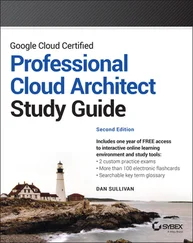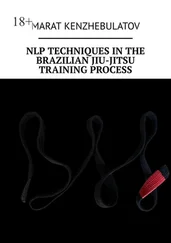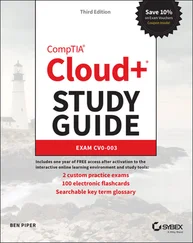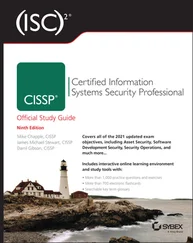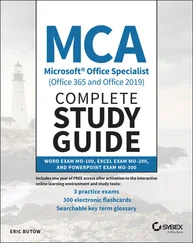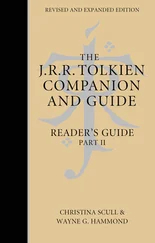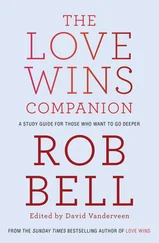It could be noted that his full name Baruch Nouriel connects with the names of two famous figures on the scene at the time of The Harbinger being written, both linked to America in the wake of the economic collapse. “Baruch” is similar to “Barack.” Growing up, Baruch calls himself “Barry.” Barack Obama did the same. Other than The Harbinger, the name Nouriel is most famous for being that of an economist, Nouriel Roubini . Nicknamed “Dr. Doom,” Roubini is known for predicting, through economic analysis, the collapse of the American and global economy in 2008. 1All of these themes have parallels in The Harbinger . But the connection here was not intentional.
Then who is Nouriel?
As the prophet is a narrative vessel and instrument for the giving of the revelation of The Harbinger, Nouriel is the narrative vessel and instrument for its receiving. He asks questions that the reader or hearer would ask. He reacts as would react the reader or the hearer.
The last mystery of The Harbinger is the mystery of Nouriel himself. As with the other mysteries, the prophet reveals it:
“Your name,” he said, “is Baruch Nouriel. The name of Jeremiah’s scribe was Baruch ben Neriah—Neriah meaning, the light of God or the flame of God . Do you know what Nouriel means?”
“No.”
“Nouriel means the flame of God. In effect, it’s the same name.”
“What are you saying?” I asked, my voice now shaking.
“ You , Nouriel . . . you are the final mystery. You’re the mystery looking in the mirror and not recognizing that the image is you.” 2
The prophet reveals that Nouriel’s first name is not Nouriel but Baruch. Baruch, the opening word for most Hebrew prayers, means “blessed.” More to the point, Baruch is the name of a biblical figure, the scribe of the prophet Jeremiah. The scribes, or the sofrim , were those appointed to write down the Word of God on sheets of parchment. They were the preservers of Scripture. The word could refer to those who simply reproduced the words of other scrolls, passing Scripture from generation to generation. The word could also refer to those who first committed the Word of God to written form at the dictation of a prophet. Baruch was of the latter category. He personally recorded the words of Jeremiah that they could go forth to the nation and be preserved for future generations. The prophet links Nouriel to Baruch in that Nouriel is called to write down the prophetic message in the form of a book that it might go forth to the nation.
Baruch was Jewish.
So is Nouriel.
Baruch is traditionally viewed as being of the priestly line.
So is Nouriel.
Baruch is a sofer, one who writes.
So too Nouriel, by profession, is a writer.
Baruch was called to record the words of Jeremiah.
Nouriel is told by the prophet to always keep on hand a recording device at every encounter that the prophet’s words would be recorded.
An interesting footnote—just as the figure of the prophet turned out to be prophetic of a real person, at least in one instance, so too is the figure of Nouriel. A few months after The Harbinger was released, a man appeared at the Jerusalem Center to introduce himself to Jonathan. In the book Nouriel’s first and last name is Baruch Kaplan, though he chose for years to be known as Barry Kaplan. The man who came to see Jonathan was Baruch Kaplan, but he had often gone by Barry Kaplan.
Like Baruch Kaplan (Nouriel) in the book, the man was Jewish. Like Nouriel, he was a believer in Yeshua, Jesus, as the Jewish Messiah. As with Nouriel, he lived in New York City. As with Nouriel, he was connected with Wall Street and the area of St. Paul’s Chapel. As with Nouriel, he was connected with 9/11, being there on the day of the calamity. And as with Nouriel, he was devoting his life to getting the message out of salvation. He had picked up a copy of The Harbinger, and when he turned to the last pages, where the prophet reveals the mystery of Nouriel, he was blown away and had to meet the man who wrote the book.
In short, Nouriel is another vessel by which the message is to go forth. As the prophet parallels Jeremiah, so Nouriel parallels Baruch.
But as the prophet is a representation of more than one prophet but a composite of all the prophets, all those who gave the prophetic word, so Nouriel is a representation and composite not just of one scribe, but of all those who have received, recorded, and transmitted the Word of God that it might go forth to those who needed to hear it.
Chapter 18
The SEALS
( and the SEAL BEHIND the SEALS)
IN THE HARBINGER the mysteries are revealed through the giving of nine seals. What is a seal? The word for seal in the Hebrew Scriptures is chotam . It comes from a root verb that means to mark, to seal, make an end, close up. The ancient seal was a stamp or an engraving made out of some hard substance such as stone, metal, or crystal. It would be impressed upon a softer substance such as a clay or wax, also known as a seal.
The resulting seal would most often be affixed to a document. The seal denoted authority, power, and irreversibility. In the Book of Esther the king’s seal is used to issue an order to save the Jews:
You yourselves write a decree concerning the Jews, as you please, in the king’s name, and seal it with the king’s signet ring: for whatever is written in the king’s name and sealed with the king’s signet ring no one can revoke.
—ESTHER 8:8
The Sign of Prophecy
So the seal would become a symbol for a word or decree originating from God. In the Book of Daniel, the ninth chapter, the prophet is given a prophecy containing a mathematical countdown until the coming of the Messiah. In this word, he is told that the time period was given “ to seal up vision and prophecy ” (v. 24). A prophetic word from God was as a document of authority or a decree from a king.
A seal would also bear witness to the identity and ownership of the one behind it. The seal would also guarantee the document’s security. The sealed document or book could not be opened except by the one to whom it was intended, the one given the authority to open it. Again, one can see the connection to a prophetic word from God. So in Isaiah 29:11, this word is given concerning prophecy:
The whole vision has become to you like the words of a book that is sealed, which men deliver to one who is literate, saying, “Read this, please.” And he says, “I cannot, for it is sealed.”
So a prophetic message can be likened to a document with a seal on it, one that may be hidden for a time and only opened and read at the time appointed. So the prophet Daniel is given this instruction:
But you, Daniel, shut up the words, and seal the book until the time of the end; many shall run to and fro, and knowledge shall increase.
—DANIEL 12:4
The Book of Revelation is, by definition, a book of revealing. So it is no accident that within the book much of the prophetic revelations given come through the image of seals being opened.
The Nine Seals
This is the background of the nine seals that appear in The Harbinger . The seals denote that Nouriel is going to be given a message of importance, a prophetic word for a nation. Just as seals on a document had to be opened, so Nouriel must “open” each seal by deciphering the mystery it holds. He must “break open” the following seals:
• The Seal of the First Harbinger—a simple line that descends and ascends in a V-like formation—Symbol of the Breach
Читать дальше


